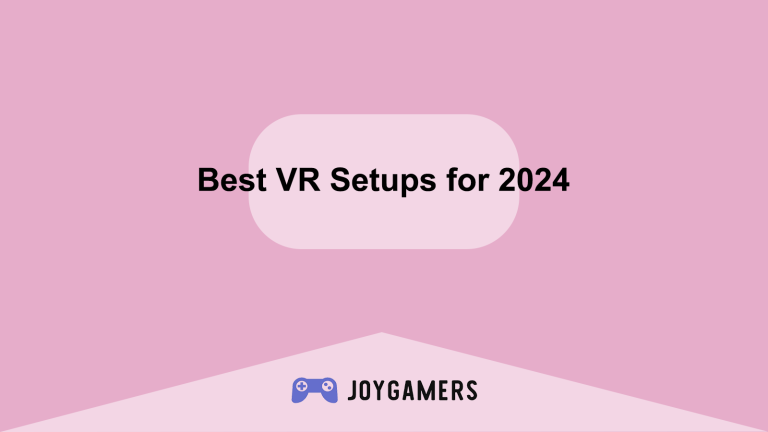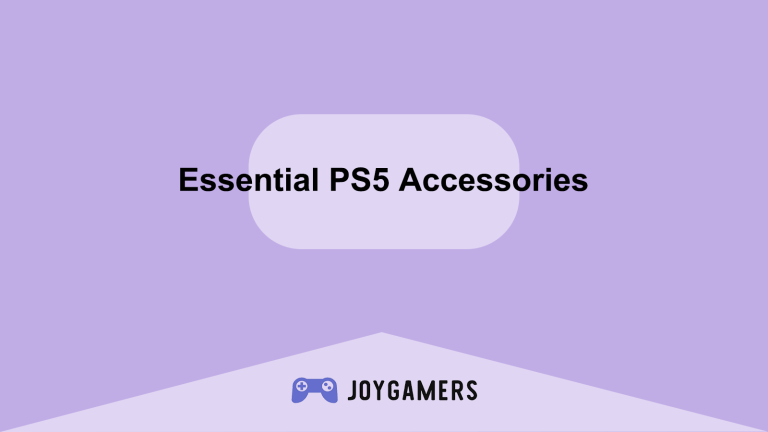Introduction to the Evolution of Gaming Controllers from PS5 to PS6
The gaming industry has seen remarkable advancements in controller design and functionality over the years, significantly enhancing player interaction and immersion. The transition from the PlayStation 5 (PS5) to the PlayStation 6 (PS6) controllers is no exception. This evolution reflects broader trends in gaming technology, where user experience and ergonomic design are paramount. This article explores the enhancements and innovations introduced with the PS6 controllers compared to their PS5 predecessors, focusing on how these changes improve gameplay and user interaction.
Key Innovations and Enhancements from PS5 to PS6 Controllers
Sony has consistently prioritized innovation in its gaming controllers, with each generation seeing improvements that have a tangible impact on gaming comfort and immersion. The shift from PS5 to PS6 controllers showcases several significant advancements:
- Haptic Feedback and Adaptive Triggers
- The PS5 introduced groundbreaking changes in how players experience in-game actions through haptic feedback and adaptive triggers. These features provided highly detailed and varied vibrations and resistance levels, which simulated real-life experiences such as the tension of drawing a bow or the recoil of a gun. However, the PS6 takes this technology even further.
- In the PS6 controller, the haptic feedback has been refined for an even more nuanced and precise range of vibrations. Sony has developed a new technology that allows the controller to deliver different textures of feedback. For example, moving through different environments like sand or water feels distinctly different in the palm of your hands. This level of detail extends to the adaptive triggers, which now include a wider range of tension settings and faster response times, allowing developers to utilize these features in more creative ways. This enhancement not only increases the immersive experience but also provides game developers with expanded possibilities for new gameplay mechanics.
- Ergonomics and Design
- The PS5 controller was a departure from the traditional PlayStation controller design, offering a more substantial feel with enhanced ergonomics over its predecessors. With the PS6 controller, Sony has continued to refine the design to cater to a broader range of hand sizes and comfort preferences.
- The PS6 controller introduces an adjustable grip feature, which allows users to change the contours of the controller’s handles to fit their hands better. This customization helps reduce hand fatigue and can be particularly beneficial during long gaming sessions. Additionally, the button layout has been slightly altered to provide quicker access with less thumb movement, and the weight distribution of the controller has been optimized to feel lighter yet more balanced in the hands. These thoughtful design tweaks ensure that the controller can be comfortably used by a wider audience, enhancing the overall user experience.
- Battery Life and Charging Efficiency
- A common critique of the PS5 controller was its battery life, which struggled to keep up with the demands of prolonged gaming sessions, especially with intensive use of haptic feedback and adaptive triggers.
- The PS6 controller addresses this issue with a new, more efficient battery that provides longer life on a single charge. Additionally, Sony has introduced a new energy-saving mode that intelligently adjusts the intensity of the haptic feedback and the brightness of the controller’s LED elements based on the current game scenario and controller usage patterns. This not only helps in conserving battery but also in maintaining optimal performance throughout gaming sessions. Moreover, the PS6 controller features enhanced wireless charging capabilities, allowing for quicker recharge times and the convenience of charging the controller by simply placing it on a compatible charging mat.
Conclusion: The Impact of Controller Evolution on Gaming Experience
The evolution from the PS5 to PS6 controllers represents Sony’s commitment to enhancing the gaming experience through technological innovation and user-focused design. Each enhancement, from improved haptic feedback and adaptive triggers to better ergonomics and extended battery life, serves to deepen immersion and comfort. These advancements not only cater to the hardcore gamer seeking a more immersive and responsive experience but also to the casual player looking for comfort and convenience. As gaming technology continues to evolve, the role of the controller as an extension of the player becomes increasingly significant, making these innovations essential in shaping the future of interactive entertainment.




